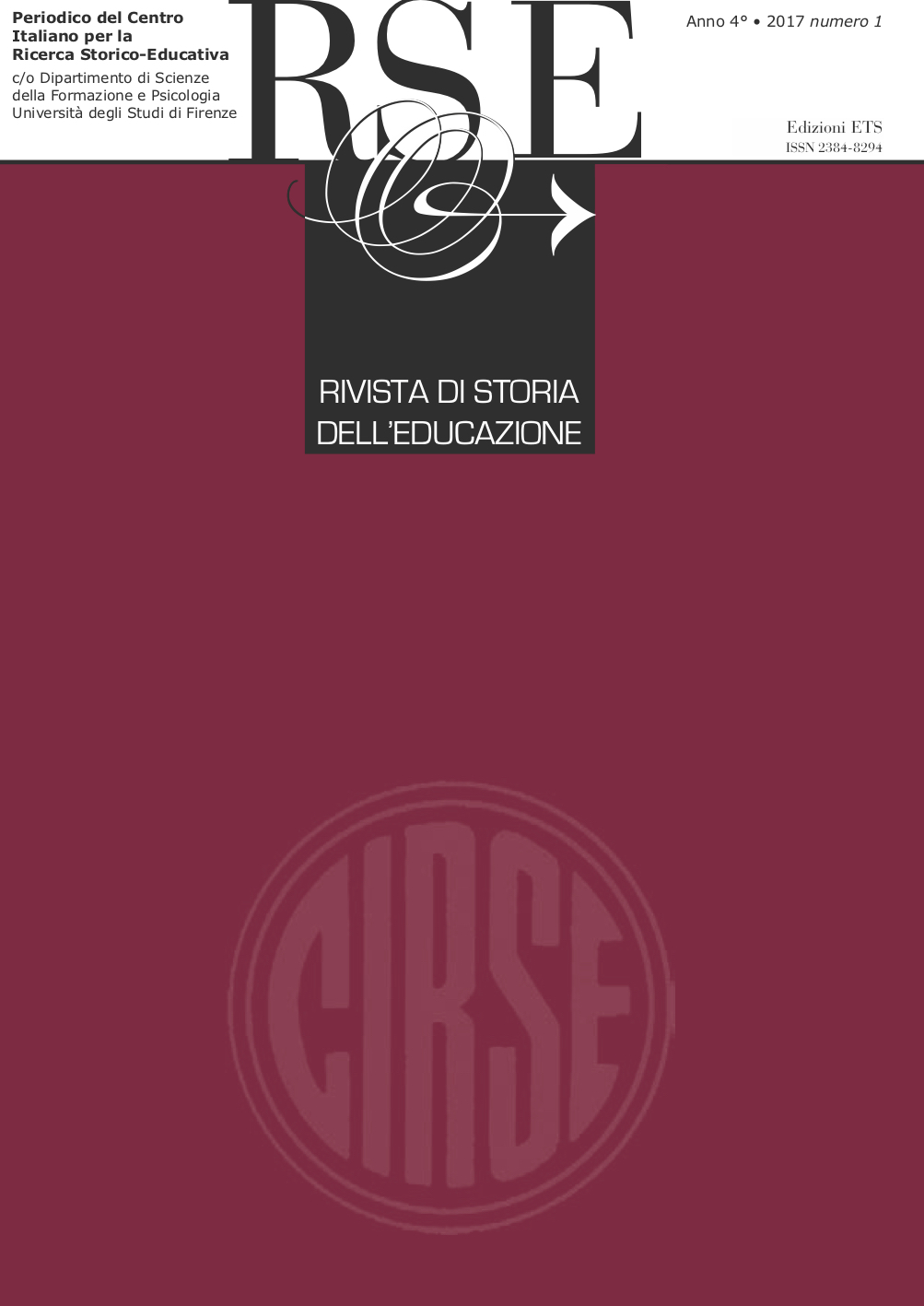Published 2018-11-14
Keywords
- Special education; equality; PISA; school drop-out; inclusivism
How to Cite
Abstract
International research carried out by the Organization for Economic Co-operation and Development (OECD), through the Program for International Student Assessment (PISA), has shown that the Finnish school system is the most successful in Europe and has been ranked among the best in the world since 2000. A review of the academic literature, websites, interviews and documentaries suggests that the key to success of the Finnish educational system lies in the lack of negative school evaluation, in encouraging students to make the most of the improvements they have achieved, rather than in the use of standardized evaluation. Moreover, students spend much time outdoors engaging in practical activities, the burden of study is balanced with their personal arrangements, and there is little homework. Though these features are all common to both the Finnish and Norwegian school systems, the educational performance of Norwegian students is not as good. This article suggests, taking into account the analyses of Finnish and Norwegian teachers and pedagogues, that the determinant element of the Finnish educational system’s success is special education, i.e. the timely use of school support for students in need. According to data released by the national statistical offices in Finland, 31% of pupils in compulsory education receive school support to the extent deemed necessary, while in Norway only 8% do. This is little known and little debated although, in our opinion, it seems to be central to a real understanding of the Finnish model. We will try to describe and motivate the choices of these two countries, which for a large number of features, are suitable for comparison, in terms of school policies.

